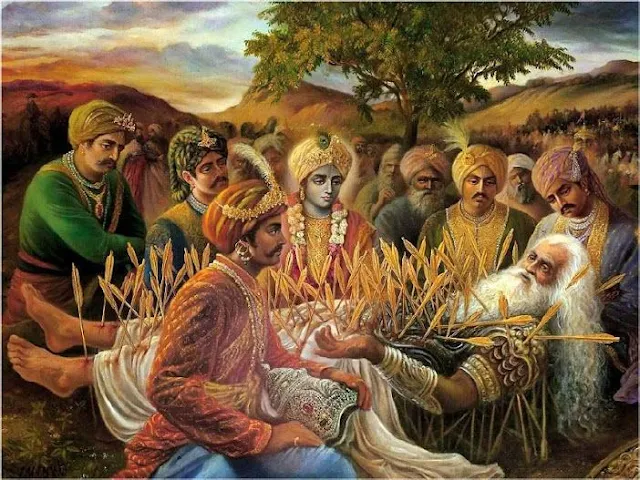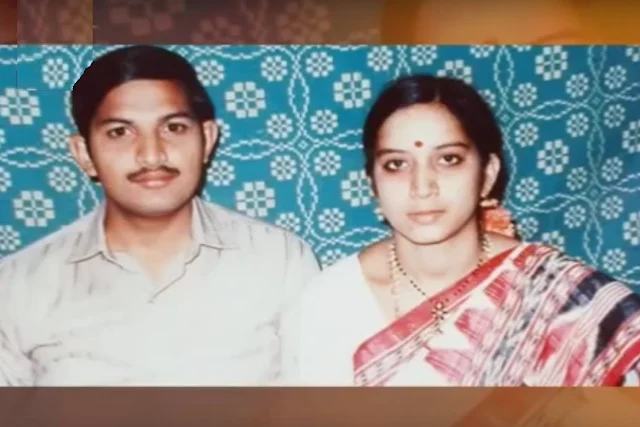Hindu (About this sound pronunciation (help·info)) refers to any person who regards themselves as culturally, ethnically, or religiously adhering to aspects of Hinduism. It has historically been used as a geographical, cultural, or religious identifier for people indigenous to South Asia.
The historical meaning of the term Hindu has evolved with time. Starting with the Persian and Greek references to India in the 1st millennium BCE through the texts of the medieval era, the term Hindu implied a geographic, ethnic or cultural identifier for people living in Indian subcontinent around or beyond Sindhu (Indus) river. By the 16th century, the term began to refer to residents of India who were not Turks or Muslims.
The historical development of Hindu self-identity within the Indian population, in a religious or cultural sense, is unclear. Competing theories state that Hindu identity developed in the British colonial era, or that it developed post-8th century CE after the Islamic invasion and medieval Hindu-Muslim wars. A sense of Hindu identity and the term Hindu appears in some texts dated between the 13th and 18th century in Sanskrit and regional languages. The 14th- and 18th-century Indian poets such as Vidyapati, Kabir and Eknath used the phrase Hindu dharma (Hinduism) and contrasted it with Turaka dharma (Islam). The Christian friar Sebastiao Manrique used the term 'Hindu' in religious context in 1649. In the 18th century, the European merchants and colonists began to refer to the followers of Indian religions collectively as Hindus, in contrast to Mohamedans for Mughals and Arabs following Islam. By mid-19th century, colonial orientalist texts further distinguished Hindus from Buddhists, Sikhs and Jains, but the colonial laws continued to consider all of them to be within the scope of the term Hindu until about mid-20th century. Scholars state that the custom of distinguishing between Hindus, Buddhists, Jains and Sikhs is a modern phenomenon.
At more than 1.03 billion, Hindus are the world's third largest group after Christians and Muslims. The vast majority of Hindus, approximately 966 million, live in India, according to India's 2011 census. After India, the next 9 countries with the largest Hindu populations are, in decreasing order: Nepal, Bangladesh, Indonesia, Pakistan, Sri Lanka, United States, Malaysia, United Kingdom and Myanmar. These together accounted for 99% of the world's Hindu population, and the remaining nations of the world together had about 6 million Hindus in 2010.
The historical meaning of the term Hindu has evolved with time. Starting with the Persian and Greek references to India in the 1st millennium BCE through the texts of the medieval era, the term Hindu implied a geographic, ethnic or cultural identifier for people living in Indian subcontinent around or beyond Sindhu (Indus) river. By the 16th century, the term began to refer to residents of India who were not Turks or Muslims.
The historical development of Hindu self-identity within the Indian population, in a religious or cultural sense, is unclear. Competing theories state that Hindu identity developed in the British colonial era, or that it developed post-8th century CE after the Islamic invasion and medieval Hindu-Muslim wars. A sense of Hindu identity and the term Hindu appears in some texts dated between the 13th and 18th century in Sanskrit and regional languages. The 14th- and 18th-century Indian poets such as Vidyapati, Kabir and Eknath used the phrase Hindu dharma (Hinduism) and contrasted it with Turaka dharma (Islam). The Christian friar Sebastiao Manrique used the term 'Hindu' in religious context in 1649. In the 18th century, the European merchants and colonists began to refer to the followers of Indian religions collectively as Hindus, in contrast to Mohamedans for Mughals and Arabs following Islam. By mid-19th century, colonial orientalist texts further distinguished Hindus from Buddhists, Sikhs and Jains, but the colonial laws continued to consider all of them to be within the scope of the term Hindu until about mid-20th century. Scholars state that the custom of distinguishing between Hindus, Buddhists, Jains and Sikhs is a modern phenomenon.
At more than 1.03 billion, Hindus are the world's third largest group after Christians and Muslims. The vast majority of Hindus, approximately 966 million, live in India, according to India's 2011 census. After India, the next 9 countries with the largest Hindu populations are, in decreasing order: Nepal, Bangladesh, Indonesia, Pakistan, Sri Lanka, United States, Malaysia, United Kingdom and Myanmar. These together accounted for 99% of the world's Hindu population, and the remaining nations of the world together had about 6 million Hindus in 2010.







